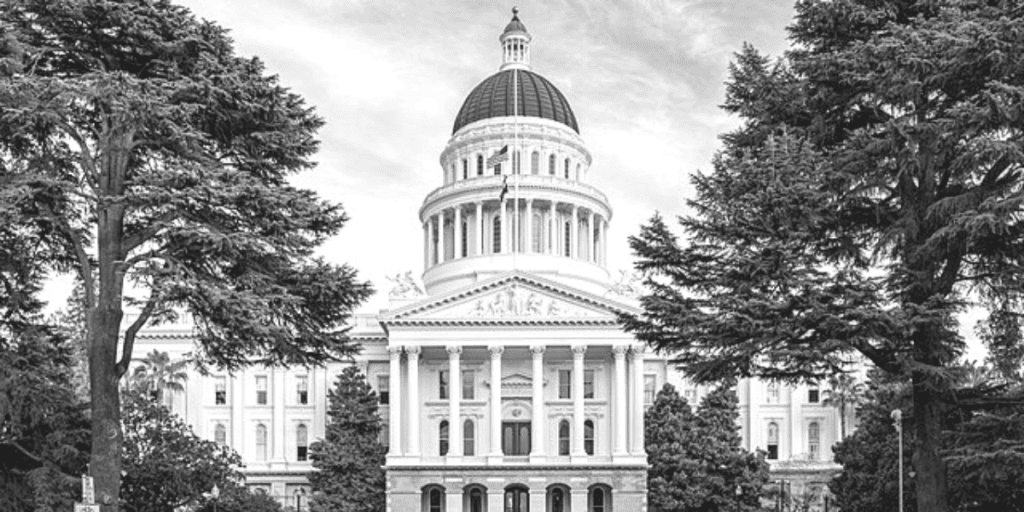California recently finalized its redistricting map. The state lost one seat after the 2020 Census, but the Golden State still will send a whopping 52 legislators to the 435-member House of Representatives in January 2023.
By law, the California Citizens Redistricting Commission (CCRC) draws the congressional districts, along with the boundaries for the state’s Senate, assembly, and taxation authority. The commission had 14 members: five Democrats, five Republicans, and four independents. Members are screened for conflicts of interest, and various other policies aim to ensure the committee is not gamed. Politicians are ineligible for membership.
Professor Sara Sadhwani served as a commissioner. She teaches at Pomona College in Claremont, California, and studies Asian American and Latino voting behavior, elections, interest groups, and representation. I spoke with her about her CCRC experience.
How did you become a commissioner on the California Citizens Redistricting Commission?
There is an intensive application process for commissioners run by the state auditor’s office which includes essays, letters of recommendation, background checks, and disclosures of any personal conflicts of interest. I was one of more than 20,000 initial applicants who applied to serve on the commission. The applicant review panel meticulously reviewed applications based on factors such as the ability to be impartial and work across the aisle, commitment to California’s diversity, and demonstrated analytical skills. Finalists were interviewed and the state legislature was able to strike candidates. The first eight commissioners were selected randomly using lottery balls. My name was the second one called.
The CCRC’s final report notes that you all held 196 public meetings and 3,870 verbal comments and 32,410 written comments and submissions. How did your commissioners absorb and analyze all that material?
Painstakingly. Prior to receiving census data, the commission spent the summer of 2021 hosting community hearings in multiple languages targeting different regions of the state to collect testimony. Due to the COVID-19 conditions, those meetings were held virtually, which allowed people to participate in the process from their homes. The three months following the release of the census data was intensive: We often met in open session eight to 12 hours per day, with phone-in public comments being taken each night. Our staff was working behind the scenes to post submissions to our website as they came in. Most commissioners spent early mornings reading testimony. For myself, I organized community testimony by region, so that as we were working on a given area of the map I could quickly reference the testimony we had received.
I know it’s complex, but can you explain what are the state’s criteria for redistricting?
California state law clearly establishes ranked criteria that the commission must follow when redistricting. The first two criteria reiterate federal law: Districts must be of equal population and must comply with the federal Voting Rights Act. Additional criteria place respecting the boundaries of “communities of interest” as the same importance as minimizing division of city and county boundaries. We are also forbidden from taking an incumbent’s home address into consideration. You can read more about the criteria in a factsheet prepared by the commission.
The process is nonpartisan, but one assessment suggests that most of California’s House seats are likely to be won by Democrats and few seats are competitive. Why is that?
Competitiveness is not a criteria that the commission uses in creating districts. In fact, no partisan data was used in drawing the new lines. That being said, California is known as a “blue state,” home to a large number of voters registered as Democrats and more voters registered with no party preference than Republicans. Partisans tend to be geographically sorted, with large numbers of conservatives in rural and inland areas, and Democrats clustered in urban and coastal areas. More competitive districts will likely be found in suburban areas like Orange County, while Republican strongholds are likely maintained in areas in the Central Valley.
Last question: How difficult was it for the 14 of you to come to a final agreement?
Regardless of our party affiliations, all of the commissioners were committed to a fair and transparent process. We shared that goal and took it very seriously. To develop the maps we worked on a consensus basis, drawing each and every line in a public session. We were debating changes at the census block level (very small, street-level geographic units) openly until we could find agreement as we combed our way through the state region by region. Some have called our process “messy,” but we call it democracy. Given our shared fidelity to the process, we easily passed our final maps unanimously — something we are all incredibly proud of.
Kosar: Thank you, Professor Sadhwani.
